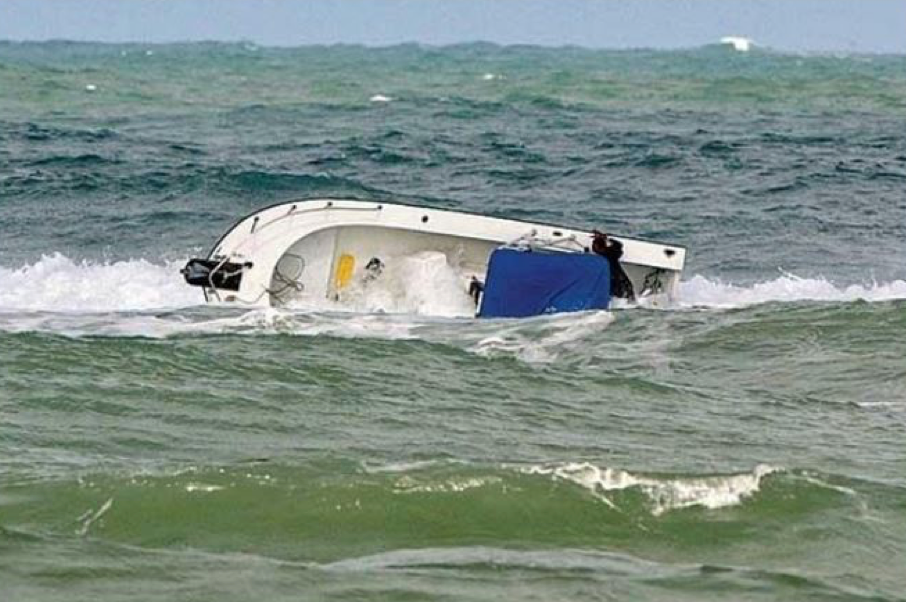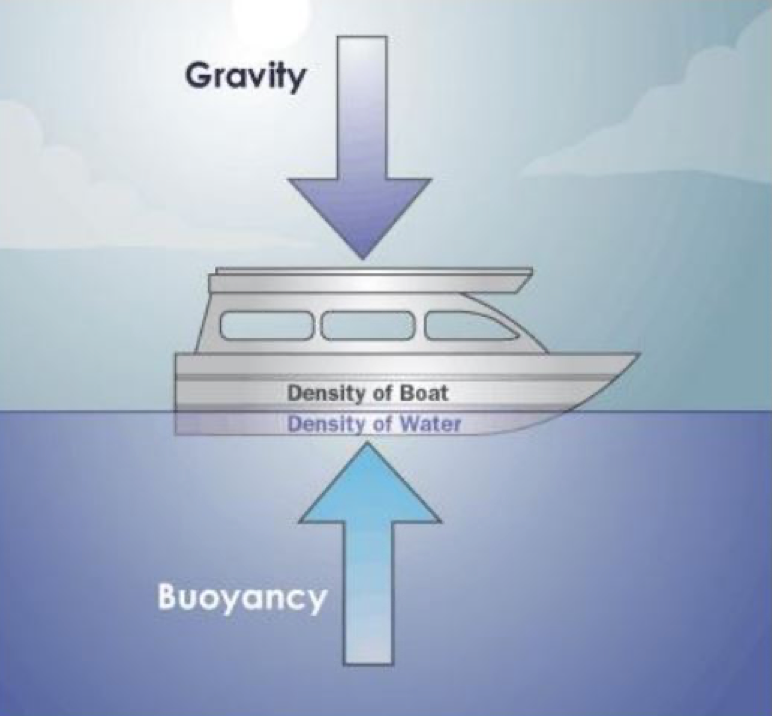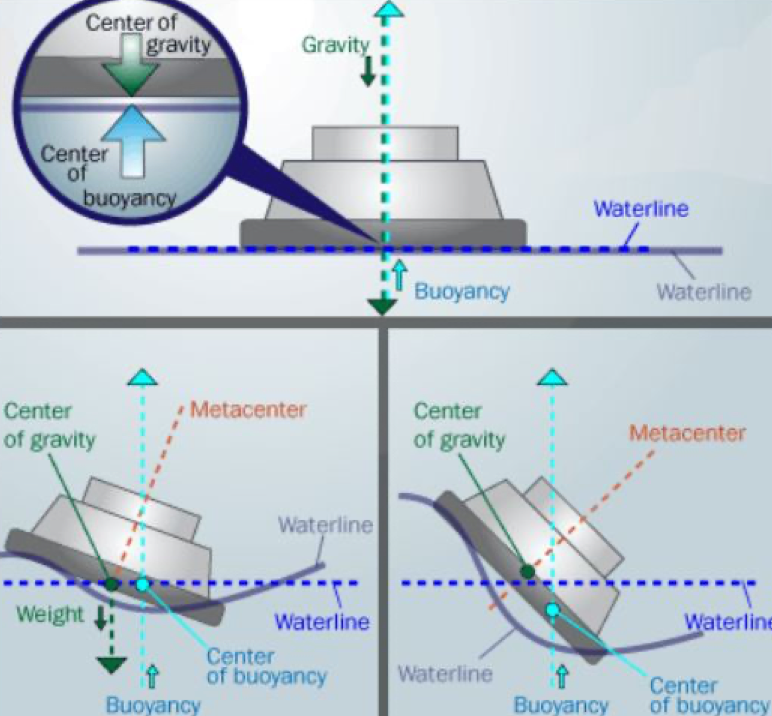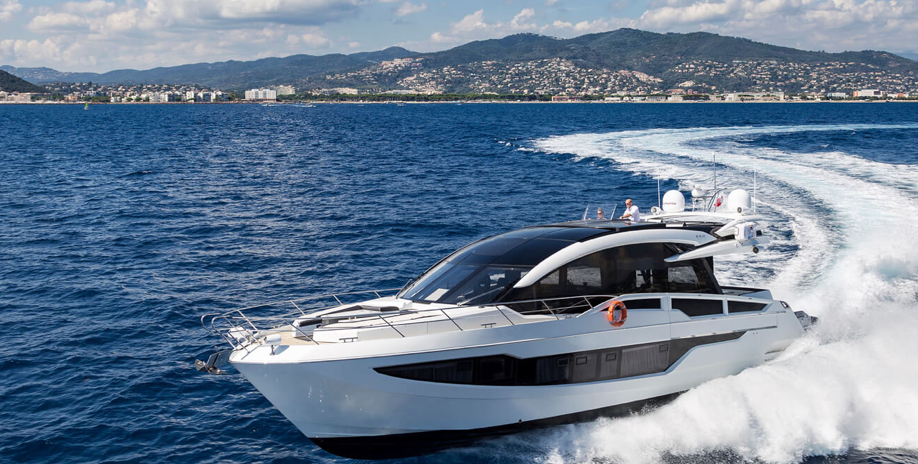How Boat Stability Works

Naval architects have spent decades designing hull bottoms for improved stability and efficiency. The delicate line between the center of gravity and center of buoyancy can be easily upset if there is, for example, too much weight on the flybridge. Keeping weight balanced and not overloading the hull will make for a stable ride.
One of the wildest fishing videos on YouTube is of a sport-fishing boat capsizing while hooking a huge marlin off the coast of Panama. The captain reportedly made a big mistake while putting the boat into reverse to back down on the fish.
He apparently hit the throttle too hard and the boat took on water. The huge marlin, still fighting against the line, radically altered the sport-fishing boat’s center of gravity aided by the water rushing aboard. Thankfully, no one on the boat was hurt and all were safely rescued.
The video shows how quickly things can go wrong on the water. The United States Coast Guard Auxiliary provides a great explainer on stability.
Two Centers

Boats come in all shapes and sizes but share two singular technical traits — a center of gravity and a center of buoyancy. If you played on a seesaw or rode a bike as a kid, you understand the basics of gravity. How do these forces work on the water?
Center of Gravity (CG)—Force that pulls the boat down into the water.
Center of Buoyancy (CB)—Force that pushed the boat back up.
Forces at Work

Any boater who has taken a turn too fast in a V-bottom boat has felt the hull shift onto the chine. While it can be unnerving for inexperienced boaters, the hull is working within its design limits.
- If a boat tips to the right, its center of buoyancy also shifts to the right.
- The water is pushing up on the boat’s right side instead of its centerline.
Metacenter

When a boat rolls sideways, the center of buoyancy of the boat moves laterally. The point at which the line of center of buoyancy and line for the center of gravity is called the metacenter. The metacenter simply is:
- The CG and CB intersect at what’s called the metacenter.
- The lower the metacenter is the closer the boat is to rolling over.
- Once the metacenter points below the CG the boat will roll over.
Strong Forces

Newton’s Third Law of Gravity taught us that every action has an equal and opposite reaction. Laws of gravity don’t change on the water but the forces on the hull are varied.
- Another force is the righting moment.
- Expressing the righting moment mathematically, it’s simply the weight of the CG x the distance between the two centers.
- If a boat weighing 15,000 lbs. (6,803.89 kg) shifted its CB out 3’ (.91 m), the force applied by the righting moment would be 45,000 lbs. (20,411.67 kg) per foot (.3 m).
Stable Platform

The primary goal for any Naval architect designing a boat hull is stability and efficiency. Whether adding too many ice chests or shifting a boat’s batteries can change the stability.
- Keep the center of gravity low in the boat to keep the CG and CB near each other.
- Raising the center of gravity due to loading (everyone on the flybridge), the CG can move out over the CB and make it unstable.
Learning how to safely operate a boat and not pushing the hull’s limits will go a long way for a safe day on the water.
“It has always been my belief that the best balancing and handling of a boat makes it win, not the fastest speed,” said Tres Martin, owner and instructor of Tres Martin’s Performance Boat School.